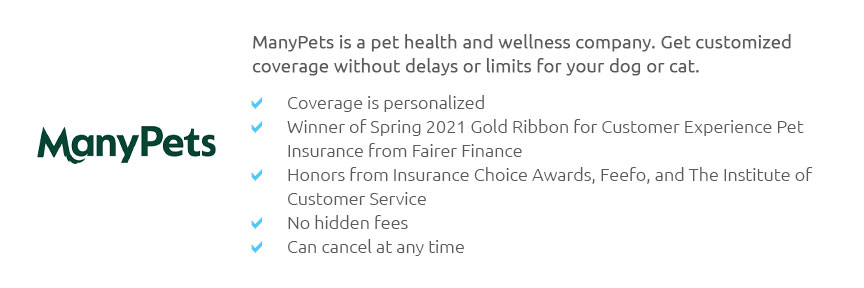 |
 |
 |
 |
 |
 |
|
 |
|
 |
|
 |
|
 |
|
 |
 |
 |
 |
 |
 |
 |
 |
Comparing Pet Health Insurance Plans: A Comprehensive GuideIn today's world, where pets are cherished members of our families, ensuring their health and well-being becomes paramount. As veterinary costs continue to rise, pet health insurance emerges as a viable solution to manage unforeseen medical expenses. However, with an array of plans available, choosing the right one can be daunting. This article delves into the intricacies of pet health insurance, offering insights to help pet owners make informed decisions. Understanding the Basics of Pet Health Insurance Pet health insurance operates similarly to human health insurance. It typically involves paying a monthly premium in exchange for coverage of certain medical expenses. Plans can vary significantly, covering everything from accidents and illnesses to routine care and wellness visits. The nuances lie in the details, such as deductibles, reimbursement levels, and coverage limits, all of which can impact the overall cost and benefit to the policyholder. Key Factors to Consider When comparing pet health insurance plans, several factors merit attention. First, consider the coverage options. Some plans offer comprehensive coverage, including hereditary conditions and alternative therapies, while others may exclude pre-existing conditions or have breed-specific limitations. Next, examine the deductibles and reimbursement levels. A lower deductible may mean higher premiums but can be advantageous if frequent visits to the vet are anticipated. Reimbursement levels typically range from 70% to 90%, affecting out-of-pocket costs. Real-World Examples Take the case of Bella, a four-year-old Labrador retriever. Her owner opted for a plan with a $500 deductible and 80% reimbursement, which provided peace of mind when Bella developed hip dysplasia, a common condition in her breed. Another example is Whiskers, a seven-year-old Siamese cat whose owner chose a policy excluding dental coverage. When Whiskers required dental surgery, the owner faced unexpected expenses. These scenarios underscore the importance of understanding policy details. Additional Considerations Beyond the basics, consider the insurer's reputation and customer service. Reviews and ratings can offer insights into claim processing times and customer satisfaction. Moreover, some insurers offer wellness plans as add-ons, covering routine care like vaccinations and annual check-ups, which can be beneficial for proactive pet health management. Subtle Opinions While some may argue that pet insurance is an unnecessary expense, others view it as a critical investment in their pet's future health. Ultimately, the decision hinges on individual circumstances, including the pet's age, breed, and health history, as well as the owner's financial situation and risk tolerance. Conclusion In conclusion, comparing pet health insurance plans requires careful consideration of various factors. By understanding the differences in coverage, deductibles, reimbursement levels, and additional options, pet owners can choose a plan that best suits their needs. As veterinary medicine advances and the cost of care increases, pet health insurance provides a valuable tool to ensure our beloved companions receive the care they deserve without financial strain. What is the best age to insure my pet? The ideal age to insure a pet is when they are young and healthy. Most insurers offer coverage for pets as young as eight weeks old. Insuring early can help avoid exclusions related to pre-existing conditions. Do all pet insurance plans cover pre-existing conditions? No, most pet insurance plans do not cover pre-existing conditions. It’s crucial to understand the terms and conditions of the policy, as some insurers may cover conditions that are curable or not chronic. Are there any pet insurance plans that cover alternative therapies? Yes, several insurers offer coverage for alternative therapies, such as acupuncture and chiropractic care. It’s important to check with the insurer to ensure these treatments are included in the policy. Can I switch pet insurance providers? Yes, you can switch providers; however, be aware that any conditions diagnosed under the previous policy may be considered pre-existing by the new insurer and may not be covered. What should I look for in customer reviews of pet insurance companies? Look for feedback on claim processing times, customer service responsiveness, and the overall satisfaction of policyholders. Reviews can provide valuable insights into the reliability and performance of an insurer. https://www.forbes.com/advisor/pet-insurance/best-pet-insurance/
Pets Best offers different tiers of accident and illness plans and an accident-only plan for budget-minded pet owners. Pets Best's Essential policy includes ... https://naphia.org/find-pet-insurance/
Pet health insurance gives you the power to tell your veterinarian, Do what you need to do, I've got coverage without putting your finances at risk. For the ... https://www.embracepetinsurance.com/compare
Before choosing a policy, confirm that it includes all the potential treatments your pet might need, including , dental health and optional coverage for routine ...
|